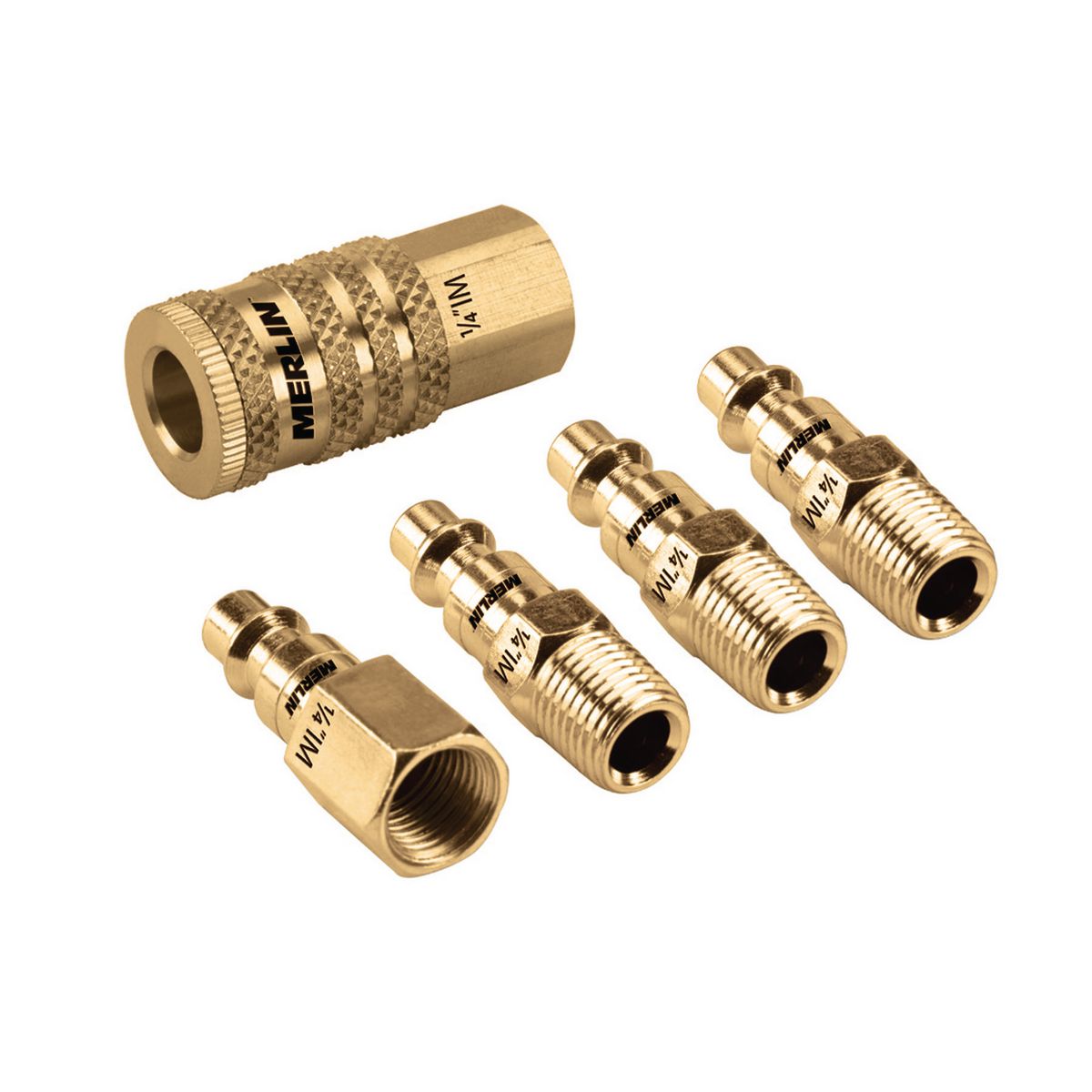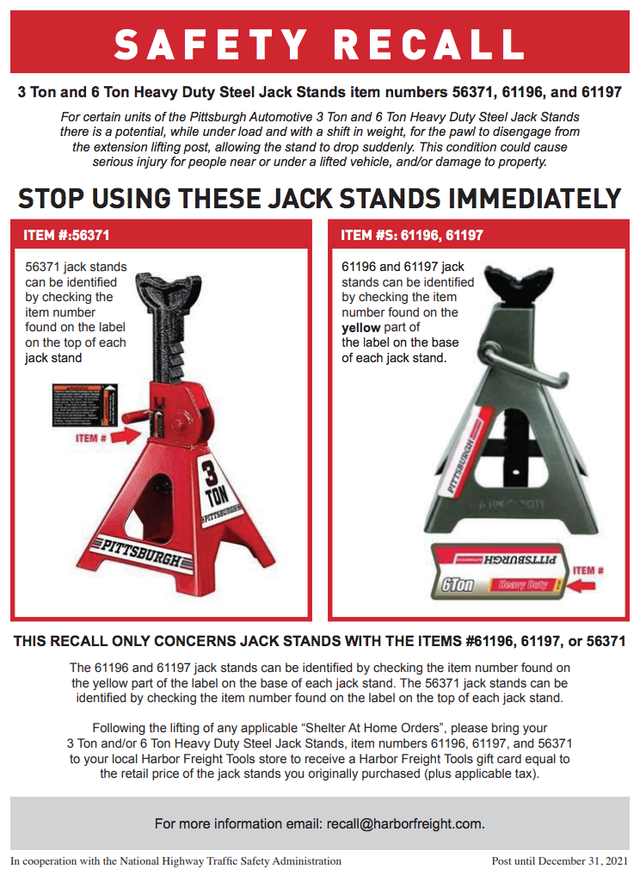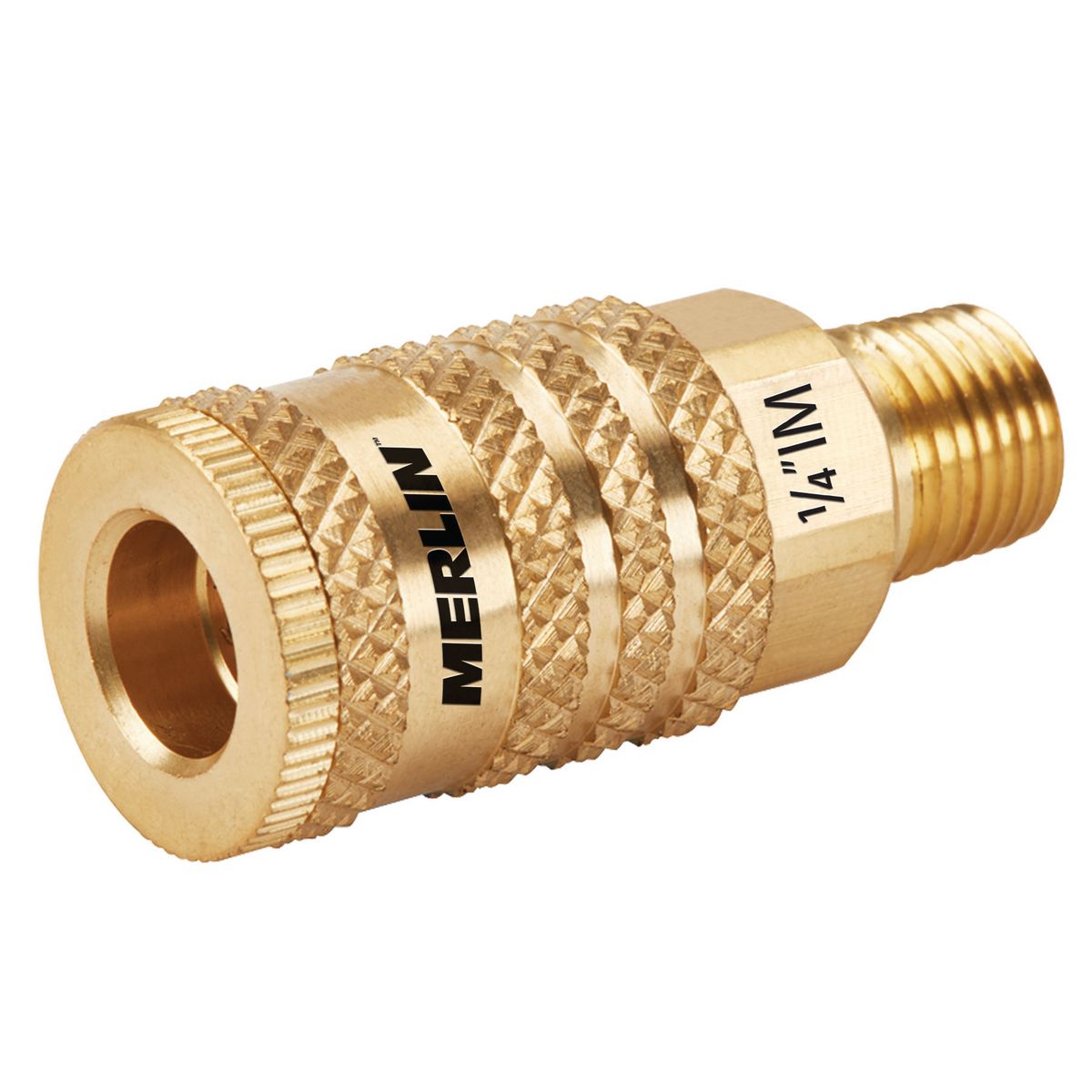
I’ll explain solder and it’s interaction with the metal it is being used with, in my more detailed section: Soldering 101.īefore we get started here, I want to note something VERY IMPORTANT: When soldering, your solder needs to be as clean as your metal. Keep temperatures as low as possible to avoid pitting, while still providing enough heat to flow the solder.

There are copper solders and brass solders as well as other types. See below for more information on gold solder. The amount of gold, present in the solder, varies by what karat the gold is. Likewise, gold solders are mostly gold with other elements added depending on the color of the gold. Most silver solders are composed of a percentage of silver and zinc. Solder – Solders are alloys of metal. Vague? Well, the composition of the solder depends on the core metal, the manufacturer’s recipe and the type of solder.I haven’t tried the White-Out pen but, it looks interesting. Control solder flow with correction fluid or paint on yellow ochre powdered pigment. I, generally, stick with silver solder and control where the solder flows as well as using the very minimum amount (see pendant above). But, due to today’s RIDICULOUS gold prices, I try to stay away from gold solders – unless I’m working with gold. I have used gold solder or gold-filled solder with brass, bronze and gold filled. This pendant used silver solder on brass and silver.


I often use Patinas, which help to disguise any solder lines that I find distracting. If I control the amount of solder used (not too much/not too little) and clean up any excess solder well, the seams are difficult to discern. On that note: I’ve yet to find a good copper colored solder. The two goals you should be looking to attain, when soldering, is achieving the strongest bond possible and color matching – matching the solder color to that of the metal. Learning to solder will also increase your design scope and offer you more design solutions. It is an important skill to learn for the metalsmith, as much of your jewelry will require solder joins. If the solder didn’t melt at a lower temperature than the metal, you would end up melting the metal – you would then be welding or as we jewelers call it, “fusing”.Ī lot of jewelry is made using a technique called silver soldering, also known as hard soldering or brazing. Love it!īack to work! Solder is composed of alloys that produce a material that melts at a lower temperature than the metal you are soldering together.

To avoid any mixed signals, the “L” is pronounced, ergo: sole-der. The story is that the American pronunciation is too close to the slang word for sodomy: sod! Pronouncing solder as “sod-der” has too many connotations and potentially embarrassing interpretations. From two sources, one first hand and the second one, online, I heard of a theory regarding the origin of the varying pronunciations. In England, solder is pronounced sole-der. Solder (pronounced sod-der – at least in the USA) is used to join metal components together to produce a finished product. Solder – The Glue That Holds It All Together
#HARBOR FREIGHT MILTON QUICK DISK CONNECTS HOW TO#
1.5 How to clean sheet and wire solder (cut or uncut).1.1 Brazing, Soldering, and Welding – What is the Difference?.1 Solder – The Glue That Holds It All Together.


 0 kommentar(er)
0 kommentar(er)
